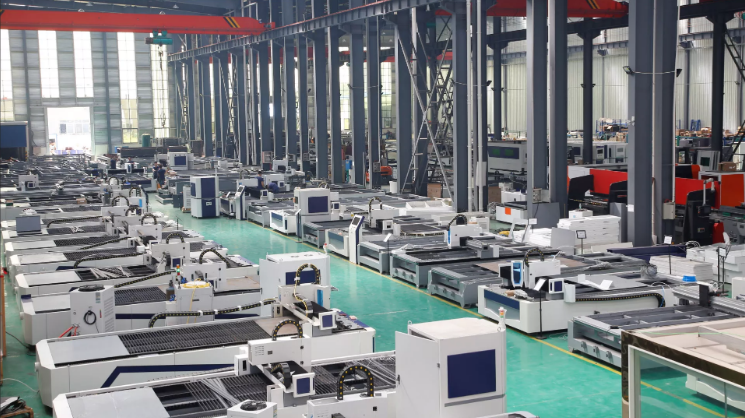
Laser machines are versatile tools used for various cutting applications, including plane cutting and pipe diameter cutting. The operations differ based on the type of cutting, so let’s explore the key aspects of each.
Plane Cutting:
- Material Setup:
- Material selection: Laser cutting can be used on a wide range of materials, including metals, plastics, wood, and more.
- Material preparation: The material is typically laid out on a flat surface for plane cutting.
- Design and Programming:
- CAD (Computer-Aided Design) files are created or imported.
- CAM (Computer-Aided Manufacturing) software is used to program the laser cutter based on the design.
- Calibration:
- The laser machine needs to be calibrated for the specific material being cut, ensuring precision and accuracy.
- Focus Adjustment:
- The laser beam must be focused at the right distance from the material surface for optimal cutting quality.
- Cutting Process:
- The laser beam is directed across the plane of the material, cutting through it according to the programmed design.
- The laser cutting machine can move along different axes to achieve complex shapes and patterns.
- Quality Control:
- After cutting, the cut pieces are inspected for accuracy and quality.
Pipe Diameter Cutting:
- Material Fixture:
- Pipes are often secured in place using fixtures or chucks to prevent movement during the cutting process.
- Design and Programming:
- Similar to plane cutting, CAD files are created or imported, and CAM software is used for programming.
- Specialized software may be required for designing cuts on cylindrical surfaces.
- Calibration:
- Calibration is necessary to account for the curvature of the pipes.
- Focus Adjustment:
- As with plane cutting, the laser beam must be focused at the right distance, considering the curvature of the pipe.
- Rotary Attachment:
- In many cases, laser machines used for pipe cutting have a rotary attachment that rotates the pipe to enable cutting around its circumference.
- Cutting Process:
- The laser beam cuts through the pipe material, guided by the programmed design.
- The rotary attachment ensures even cutting along the diameter of the pipe.
- Quality Control:
- Inspecting the cut pieces for accuracy and quality remains crucial.
Common Considerations for Both:
- Power and Speed Settings:
- Adjustments are made based on the material type, thickness, and desired cutting speed.
- Ventilation and Fume Extraction:
- Laser cutting generates fumes and vapors, so proper ventilation and fume extraction systems are important for safety and equipment longevity.
- Safety Measures:
- Laser cutting involves high-intensity light and heat, requiring safety measures such as protective eyewear, proper ventilation, and adherence to safety protocols.
Both plane cutting and pipe diameter cutting with laser machines require precision, and the choice of laser source, focusing optics, and other parameters may vary based on the specific application and material. Always follow the manufacturer’s guidelines and safety protocols when operating laser cutting machines.
